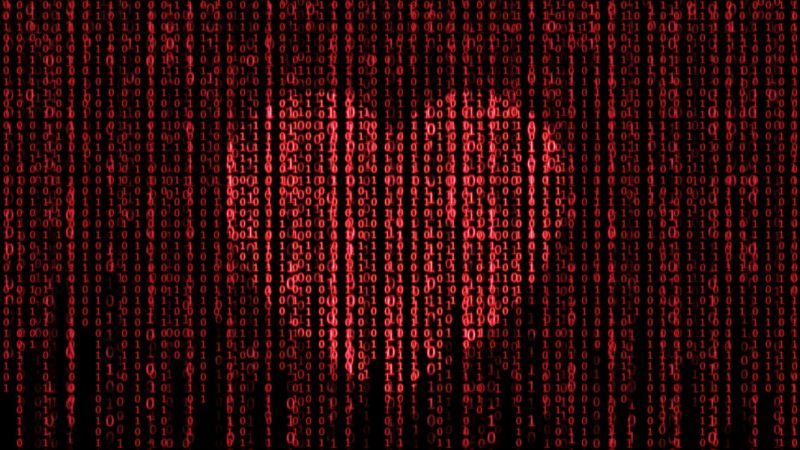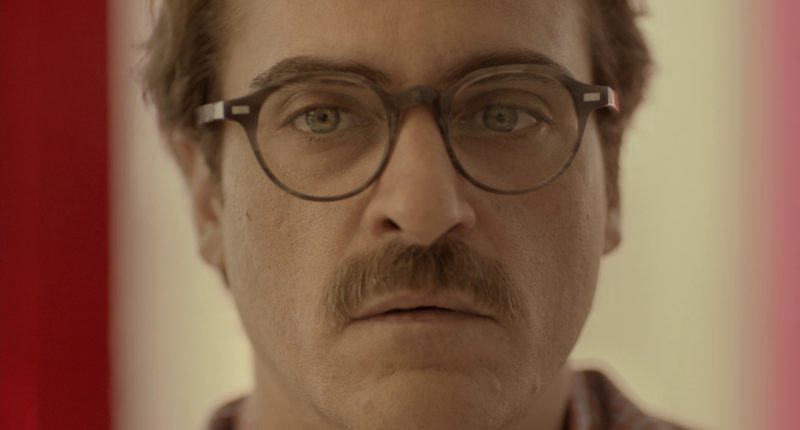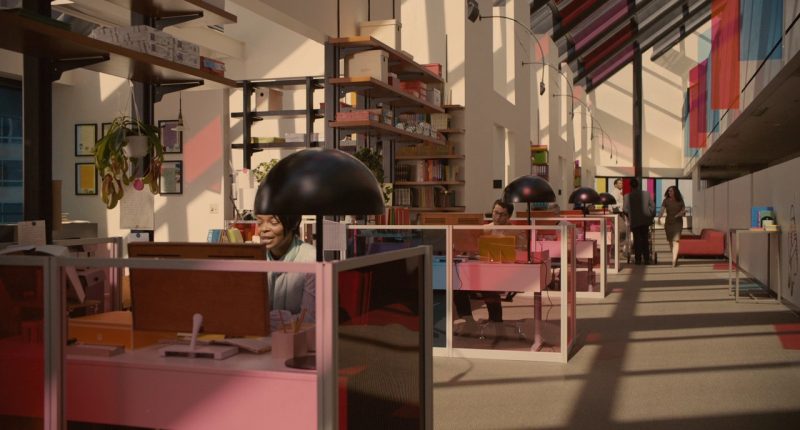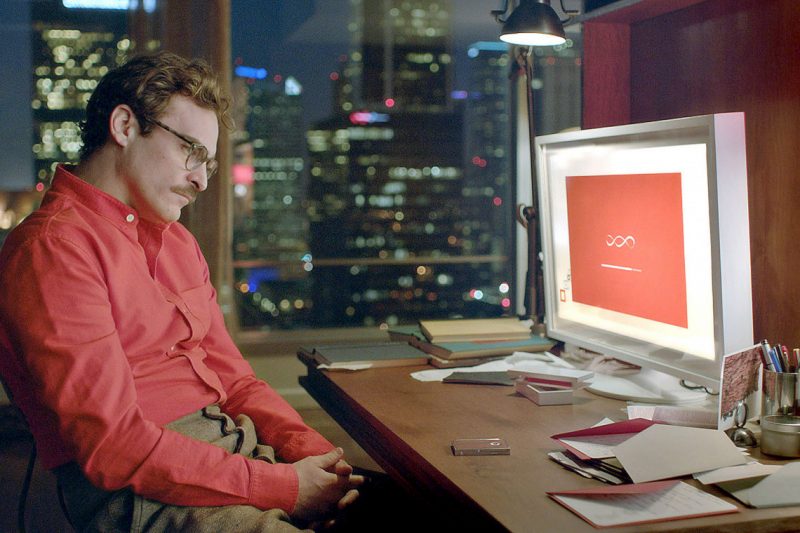Real Love & Artificial Intelligence
Posted on November 15, 2019“As all design to some extent is future oriented, we are very interested
in positioning design speculation in relation to futurology, speculative
culture including literature and cinema, fine art, and radical social science
concerned with changing reality rather than simply describing it or maintaining”
(Speculative Everything)
What is love? How can it be measured?

I’ve always found questions and beliefs about love to be very interesting, in that there is always someone with a new way of looking at the notion of love. Love is complex, as well as the nature in which individuals explain what love is.
What is intelligence? It would seem that love can be used as a tool of measuring the idea of intelligence; maybe even question the notion of love indirectly. Speculative fiction toward the many ideas and applications of artificial intelligence is rapid in the realms of cinema. Can real love be expressed through artificial intelligence? Can science achieve this level of artificial intelligence? There are 3 streaming films that challenge the beliefs and futures of a.i. and their place in society/culture.
- Ex Machina
- Her
- Black Mirror: Be Right Back
Personally, I found that ‘Her’ had many more levels of inquiry and poetic notions about the futuristic aspirations of a.i.
Her: Release date: October 13, 2013; December, Produced by: Megan Ellison, Spike Jonze, Vincent Landay – Music by: Arcade Fire; Owen Pallett – Production company: Annapurna Pictures
This movie has an invoking beginning scene, with a close-up frame shot of the main character, Theodore Twombly. He begins to speak:
“To my Chris, I’ve been thinking how I could possibly tell you how much you mean to me. I remember when I first started to fall in love with you, like it was last night. Lying naked beside you in that tiny apartment…it suddenly hit me that I was part of this whole larger thing. Just like our parents… or our parents’ parents. Before that, I was just living my life like I knew everything…and suddenly this bright light hit me and woke me up. That light was you. I can’t believe it’s already been 50 years since you married me. And still to this day, every day…you make me feel like the girl I was when you first turned on the lights…and woke me up, and we started this adventure together. ||| Happy anniversary… my love. My friend till the end. Loretta. Print.” (Her)

The words coming out of Twombly’s mouth is contradictory to the image in view His face is that of young male – already questioning the ideas around categorizing the main character and gender. The frame is switched to explain that he is speaking into his computer, writing a letter.
The scene appears normal again. Then the camera changes its point of view, panning the camera to capture the environment as well as another voice performing in a similar way as the first character. Collectively, the viewer is to capture the essence of the environment – these individuals are workers of some sort; writing letters that don’t seem to match who or what they are. The viewer is invited to question – why are they writing letters that don’t pertain to them? This is odd and not ‘normal’.

The movie develops Twombly as a character trying figure out who he is; he appears secretly depressed. He comes across a futuristic a.i. commercial that speaks to his internal situation. He buys this service with mundane curiosity. Upon downloading the information, the computer asks preliminary questions that speaks to the notion of nurture versus nature; his current state of being. Without spoiling the juice of this movie, Twombly goes through this vetting process of the a.i. (who names herself Samantha), wanting to know more about ‘her’ and is continually impressed with her human like interaction (poetically representing the viewer who knows this is a sci-fi futuristic reality, yet, possible.)
The emotion design within this film is phenomenal and speaks to the reasons for speculative design, where the character struggles with realistic questions about the nature of his engagement with Samantha. Is Twombly’s love for Samantha delusional? Are Samantha’s proclaimed emotions valid? The very nature of his questions may prompt the viewer to question his own reality, existence and occupation of composing letters of emotion to random individuals he has never met.
Are his words and his expressions of emotions no different than that of Samantha’s expressions? The speculative design of this cinematic picture is to question the human’s notion of emotion, lyrical expression, perspective and human consciousness. Are these expressions even valid as a non-artificial being?

“To find inspiration for speculating through design we need to look beyond design to the methodological playgrounds of cinema, literature, science, ethics, politics, and art; to explore, hybridize, borrow, and embrace the many tools available for crafting not only things but also ideas— fictional worlds, cautionary tales, what-if scenarios, thought experiments, counterfactuals, reductio ad absurdum experiments, prefigurative futures, and so on.” (Speculative Everything)
TAWII
References: